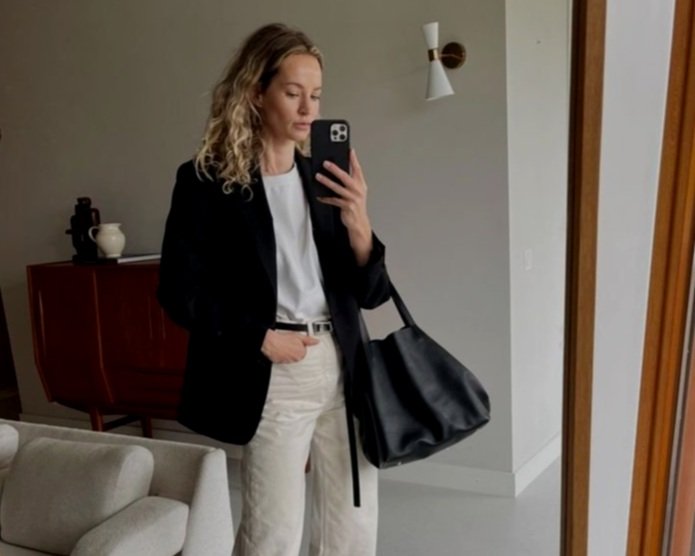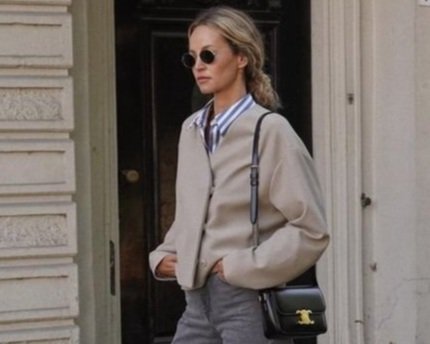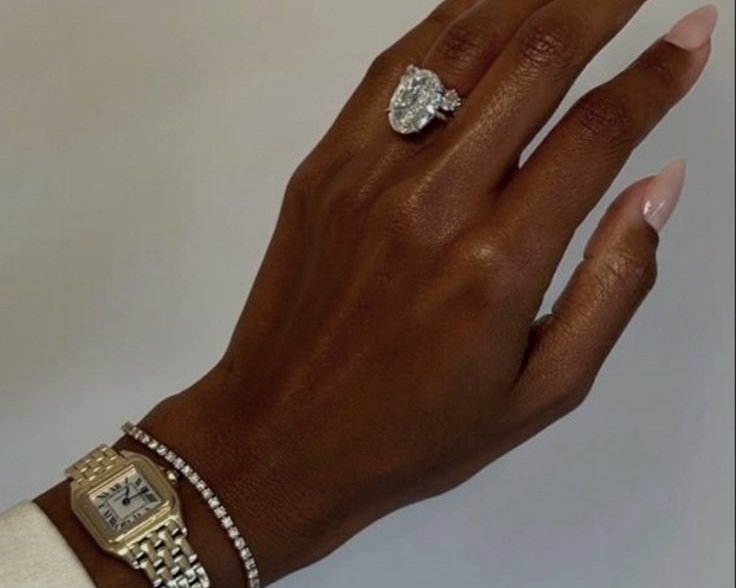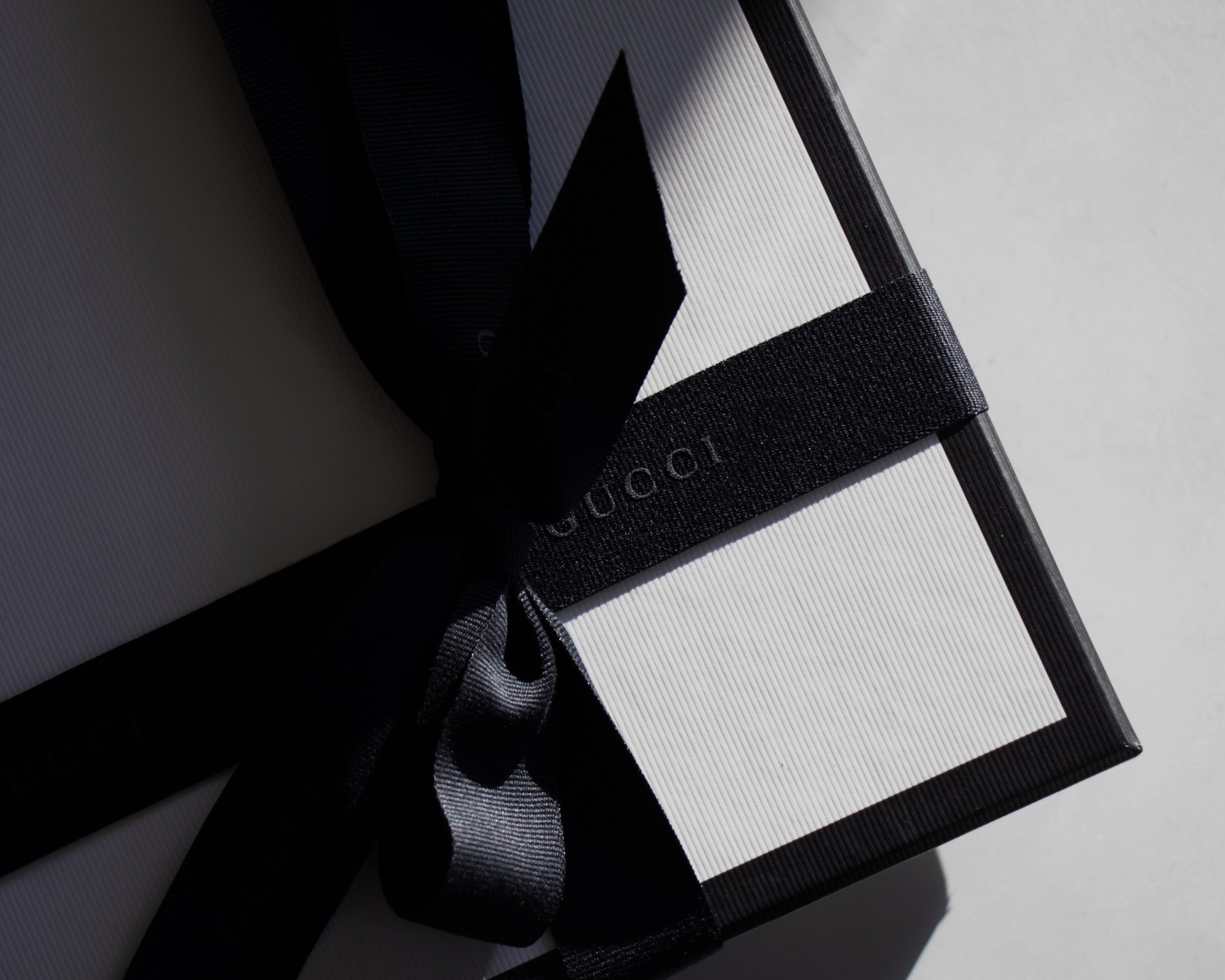Are Luxury Handbags a Smart Financial Investment?
Luxury handbags are often viewed as a stylish portfolio play—but treating fashion as finance comes with both risks and rewards.
There’s something undeniably powerful about carrying a designer handbag. The craftsmanship, the iconography, the quiet elegance of it all—it’s not just an accessory; it’s a statement. But now, that statement is evolving. Luxury handbags aren’t just adorning arms—they’re being added to investment portfolios. Which begs the question: should you purchase a luxury handbag as an investment?
The Allure of the Investment Bag
From the Hermès Birkin to the Chanel Classic Flap, certain handbags have transcended fashion and entered the realm of financial assets. Over the past few decades, these iconic pieces have demonstrated remarkable appreciation in value.
For instance, a 2016 study found that between 1980 and 2015, Hermès Birkin bags yielded an average annual return of 14.2%, outperforming the S&P 500 and gold during the same period
Similarly, Chanel’s Classic Flap bags have seen extraordinary price growth. When first launched in 1955, the Chanel 2.55 retailed for around $220. As of 2024, the same bag sells for $10,800—a price that’s increased dramatically thanks to Chanel’s aggressive annual hikes
The logic is simple: brands like Hermès and Chanel produce in limited quantities, rarely discount, and tightly control supply. Combine that with cultural cachet and timeless design, and you get an asset that—at least for now—appears inflation-resistant.
Luxury Handbag Market Trends
The luxury resale landscape is becoming more complex. On one hand, brands continue to raise retail prices—Chanel alone has increased prices multiple times since 2021. On the other hand, macroeconomic uncertainty is causing some collectors to offload bags, increasing availability on the resale market.
Platforms like Fashionphile, The Real Real and Sotheby’s, have seen a surge in listings, particularly for mid-tier designer bags. But Hermès remains the gold standard—still commanding premiums, especially for rare colorways or exotic leathers.
Still, resale values for trend-driven designs are softening, indicating that we’re in a collector’s—not speculator’s—market.
Luxury Lifestyle Library
Introducing The Parlor, an exclusive repository of 100+ personal growth, self-care, and luxury living resources to help you thrive.
What Makes a Bag Investment-Worthy?
If you’re hoping to purchase a piece that holds its value, focus on these qualities:
Brand pedigree: Hermès, Chanel, and Louis Vuitton consistently lead the investment category.
Timeless silhouettes: Birkin, Kelly, Classic Flap, etc. are consistently in demand.
Neutral tones: Think black, beige, taupe—shades aligned with the quiet luxury trend.
Pristine condition: Original dust bags, authenticity cards, and boxes all add resale value.
Limited availability: Seasonal or exclusive pieces in classic forms often appreciate best.
Luxury Handbag Investment Risks
Like any investment, handbags come with risks. Many trend-led bags depreciate the moment they leave the boutique. Wear and tear dramatically affect resale value, and selling platforms can charge commissions of 20–30%.
Some studies note that most consumer products lose significant value immediately—fashion included. However, investment-grade luxury items retain value better due to scarcity and brand equity. The Louis Vuitton Neverfull, for example, continues to hold high resale value due to its iconic status and limited supply.
It’s also worth noting that access to the most investment-worthy bags—like Hermès Birkins or Kellys—often requires building a purchasing history or relationship with the brand. If you’re buying on the resale market, you’re often paying a premium above retail. In fact, a “store-fresh” Birkin can sell for nearly three times its retail value on the secondary market
Should You Buy a Luxury Handbag?
If you love it, will wear it, and it happens to hold (or increase) in value—absolutely. That’s the beauty of fashion-as-investment: it offers both emotional satisfaction and financial upside. But if your primary goal is returns, you may want to look elsewhere. A smart personal finance plan will serve you better. Designer handbags are best when bought with love, not monetary pressure.
The best investments are the ones that feel good and look good. And if your handbag happens to be both a style icon and a smart asset—well, that’s just the definition of chic strategy. That said, it’s also worth watching how luxury brands themselves evolve.
If consumer sentiment shifts—whether due to brand fatigue, overexposure, or changes in cultural values—even the most iconic logos could lose their luster. What’s coveted today may not hold the same allure tomorrow, and that could impact long-term resale value. As with all investments, timing, taste, and context are everything.
Note: The information provided in this article is for informational purposes only and should not be considered financial advice. Always consult a financial advisor before making investment decisions.






















